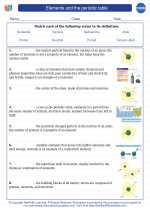Wave-Particle Duality
Wave-particle duality is a fundamental concept in quantum mechanics that describes the dual nature of particles. It suggests that particles such as electrons and photons exhibit both wave-like and particle-like properties under different conditions.
Wave-Like Properties
When particles are observed in certain experiments, they display characteristics similar to waves. This is evident in phenomena such as diffraction and interference, where particles exhibit wave-like behavior by interfering with themselves and creating patterns reminiscent of waves.
Particle-Like Properties
On the other hand, particles also exhibit properties traditionally associated with particles, such as localized position and momentum. This is demonstrated in experiments like the photoelectric effect, where photons behave as discrete particles by ejecting electrons from a material.
Key Experiments
Several key experiments have provided evidence for wave-particle duality, including the double-slit experiment, which shows the wave-like behavior of particles, and the photoelectric effect, which demonstrates the particle-like behavior of photons.
Quantum Mechanics
Wave-particle duality is a central concept in quantum mechanics, where the behavior of particles is described using wavefunctions and probabilities. The Schrödinger equation is a fundamental equation in quantum mechanics that describes the wave-like behavior of particles.
Study Guide
- What is wave-particle duality?
- Explain the wave-like properties of particles.
- Describe the particle-like properties of particles.
- Provide examples of key experiments supporting wave-particle duality.
- Discuss the role of wave-particle duality in quantum mechanics.
Understanding wave-particle duality is crucial in grasping the behavior of particles at the quantum level and is fundamental to the field of quantum mechanics.
.◂Chemistry Worksheets and Study Guides High School. Elements and the periodic table
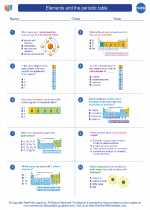
 Worksheet/Answer key
Worksheet/Answer key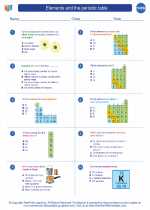
 Worksheet/Answer key
Worksheet/Answer key
 Vocabulary/Answer key
Vocabulary/Answer key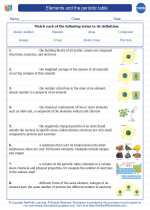
 Vocabulary/Answer key
Vocabulary/Answer key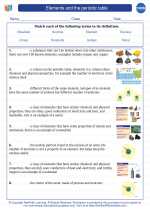
 Vocabulary/Answer key
Vocabulary/Answer key